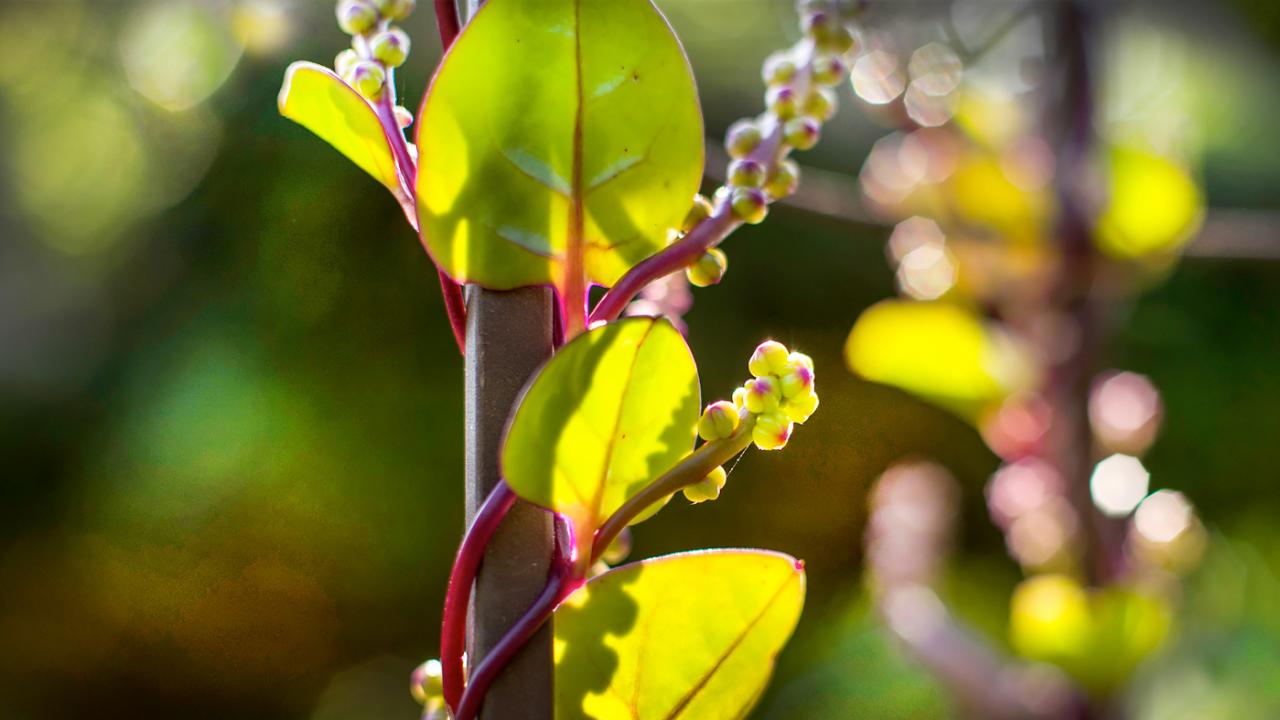

Plants &
Gardening
Garden Stories
Cold April delays some blooms, but now the spring show is on
April definitely does not always go out like a lamb. Some years, we in Chicago don't put away our sweaters until the end of the month.
Here at the Chicago Botanic Garden, we recorded our coldest April in 2018, ever since we started recording temperatures in 1982. Our average high temperature in April that year was 48.1 degrees Fahrenheit, which is 8.7 degrees below normal.
What did the cold weather mean for our plants?
Luckily, nothing devastating. Early bloomers, like winter aconite, crocus, and snowdrops, weren’t affected, and many bloomed as expected. Those species can also tolerate the colder temperatures we saw in April. If we had seen a few days of high temperatures and some of the more delicate flowers had opened, followed by a subsequent freeze, that would most likely have damaged plants.
May (and later) bloomers are also probably going to arrive on schedule. But plant species that usually bloom in April took their time. Celeste Vandermey, supervisor of plant records, checked to see how late some perennials and trees were in 2018. On average, most were about two weeks late, with a few outliers taking even longer than usual:
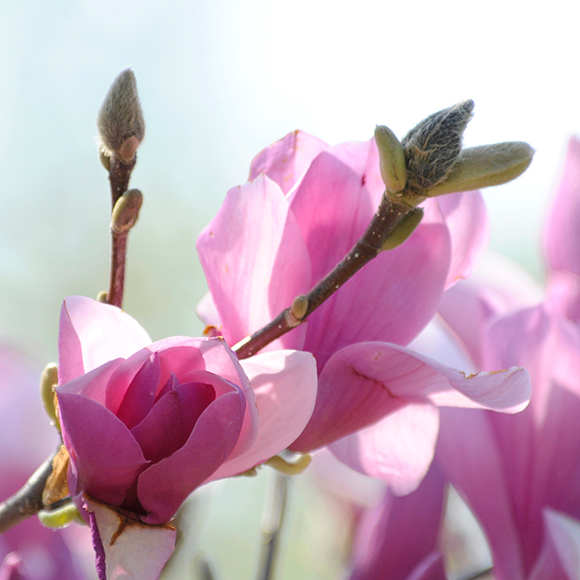
Saucer magnolia (Magnolia × soulangeana)
Magnolias: Usually, these start to bloom during the first two weeks of April. In 2018, we didn’t see flowers start to open until the first week of May.
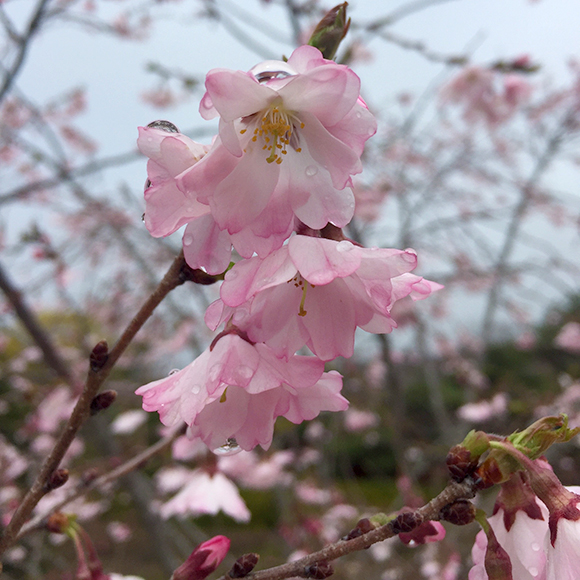
Higan cherry (Prunus subhirtella ‘Autumnalis’)
Cherries: Mid-April is prime time for cherries here. They have their own festival in Washington, D.C., and in 2018, they reached their peak in the first week of April. Our cherries waited until early May.
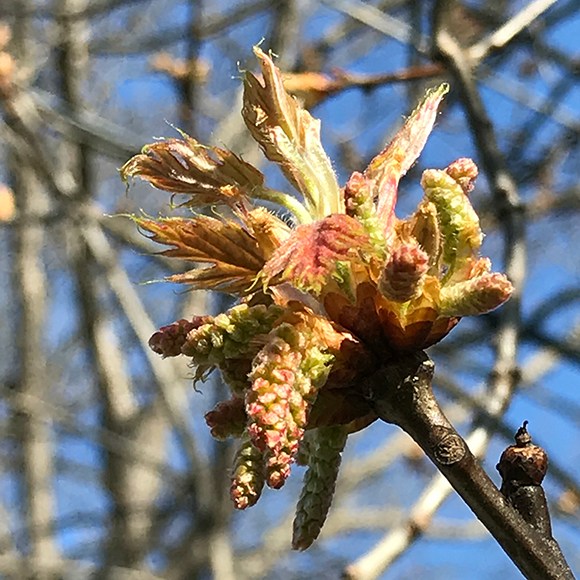
Red oak (Quercus rubra) leaves emerging
Native trees: McDonald Woods is home to many native trees, including oaks and maples, which usually start to leaf between April 8-15. But in 2018, leaves didn’t start to appear until May as well.
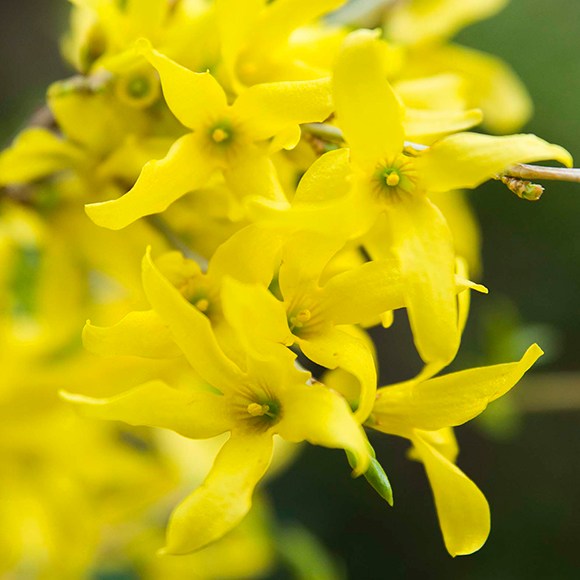
Gold Tide® forsythia (Forsythia ‘Courtasol’)
Forsythia: Since the Garden began to keep track of first blooms on our grounds more than 25 years ago, this is the latest we’ve ever seen forsythia bloom.
Late bloomers have now all started to exit their winter dormancy. Their tardiness does not mean other species will continue to be late. Once temperatures remain above freezing and the soil warms up, which seems to have begun, most species will do their thing at their expected time. It’s safe to—finally—say spring has arrived.
Check out the Garden’s What’s in Bloom Highlights every Monday and Thursday for new selections of plants that are putting on a beautiful show, and where to find them.

